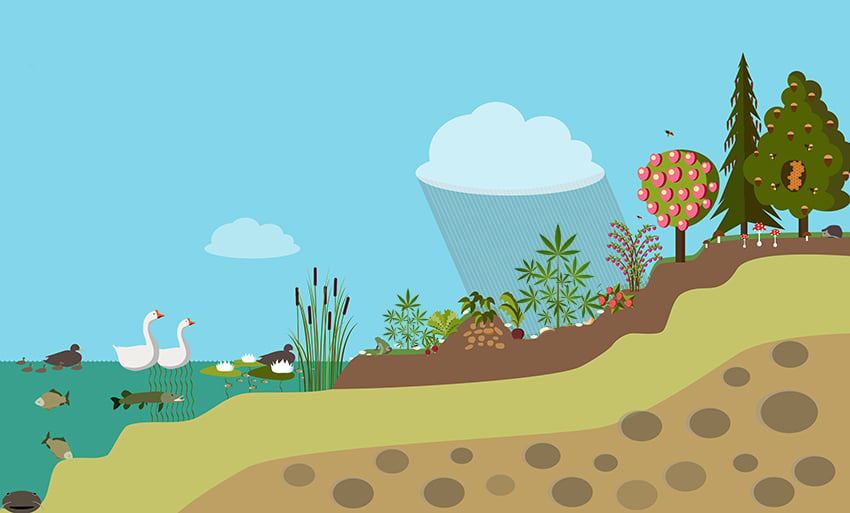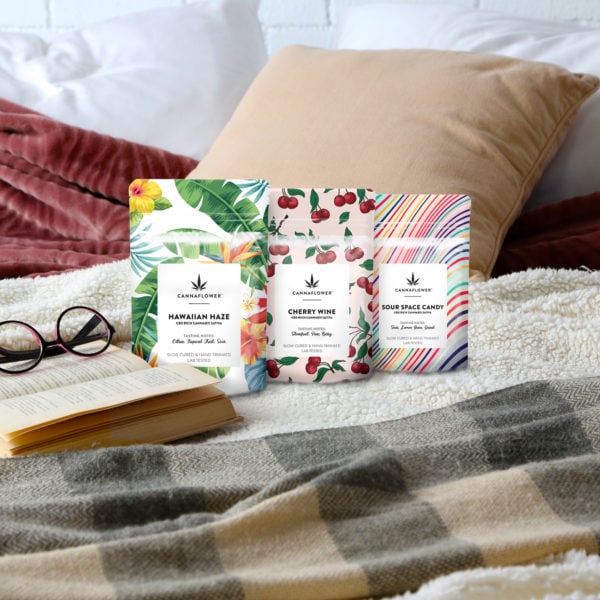There’s a lot that goes into any premium quality cannabis product. Everything from the genetics, to the growing conditions to the harvest, drying, trimming and curing, all play a part in how the flower ultimately expresses its potential. Basically, for a premium cannabis product everything has to go right all the way down the line.
While premiere genetics provide the foundation for success, most expert cultivators will agree that creating an ideal growing environment, one that provides everything that the plant needs, is the main factor in determining the end quality of the flower. What they may not agree on is how to go about achieving that ideal environment.
As cannabis agriculture goes mainstream, there are as many opinions about what produces the best cannabis as there are strains to choose from. On one hand, the latest science behind some of the cutting edge indoor operations make it possible to create growing conditions where nearly every aspect of the environment can be controlled and manipulated. While creating these man made plant havens, designed to both mimic and tame nature, may be a great way to reproduce outcomes and scale operations, one has to ask what these processes leave out by necessity. Simply put, is this actually the best way to cultivate cannabis if you are looking for the best possible final product – in this case the flower.
That brings us to the other end of the spectrum. Regenerative growing is a process that is in many ways the antithesis to a hyper-regulated indoor grow environment and there are many farmers that are beginning to embrace the many benefits of this age-old practice. Part of this comes from a desire to cultivate the absolute best flower and part of it comes from deep concerns over ecology. It’s no secret that industrial agriculture is one of the leading contributors to a myriad of environmental problems. Large cannabis operations are no exception, contributing to everything from greenhouse gas emissions to overuse of water.
A core belief amongst regenerative growers is that Mother Nature can supply the best plants if farmers understand their environment. For this reason, regenerative growers prefer a hands-off approach to cultivation. Regenerative growers take a long time listening to their local area to figure out what would best contribute to the ecosystem.
Once they discover what strains, companion plants, and compost work best in their environment, farmers will only add organic ingredients that complement the area. Gardeners also take plenty of time to “listen” to their plants to make sure what they’re doing contributes to the soil’s biodiversity.
What is Regenerative Growing
Although regenerative growing techniques have been around for centuries, it’s revolutionary compared with the methods now favored in for-market grow facilities. Rather than creating an artificially ideal indoor setting, regenerative cultivators are committed to developing self-sustaining and biodiverse ecosystems. Not only does this benefit the quality of the flower but it is great for the environment as well.
When cultivators talk about regenerative growing practices they are essentially talking about growing amazing soil. This process involves adding organic nutrients and supplements such as compost and worm castings to help create a dynamic living environment that is capable of supplying the plant with everything that it needs. Subtle nuances like adding mushroom mycelium to the soil to regulate microbiomes and using no-till methods to retain water and support those microbiomes are among the many methods for creating an ever improving ecosystem within the soil.
A core belief amongst regenerative growers is that Mother Nature can supply the best plants if farmers understand their environment. For this reason, regenerative growers prefer a hands-off approach to cultivation. Regenerative growers take a long time listening to their local area to figure out what would best contribute to the ecosystem.
Once they discover what strains, companion plants, and compost work best in their environment, farmers will only add organic ingredients that complement the area. Gardeners also take plenty of time to “listen” to their plants to make sure what they’re doing contributes to the soil’s biodiversity.

Since every gardener’s ecosystem is unique, regenerative growing can’t be boiled down to a one-size-fits-all model. Every farmer interested in regenerative growing must first develop a keen eye for their ecology.
Regenerative growing might not be the “easy way” to grow cannabis, but it seems to offer the best buds with minimal damage to the environment. With so many potential positives, it’s no wonder this gardening technique is gaining popularity with many cannabis cultivators.
Healthy Soil – Healthy Plants
In addition to “listening,” regenerative cultivators encourage farmers to think in terms of “giving” rather than “taking.” Instead of focusing on bringing in reliably large yields, farmers should be most concerned with promoting an optimal ecosystem, and that starts with the soil. While this might initially involve a bit of sacrifice, regenerative growers argue it will eventually lead to more desirable soil. Soil health is everything in regenerative growing. In fact, it could be said that you are actually trying to grow amazing soil.
Regenerative farmers strive to create an environment that’s always thriving with as minimal intervention as possible. In their view, achieving this goal starts with having a respectful attitude towards their plants. Rather than focusing on what they could get from the plants, regenerative farmers are concerned about what they could give them. When it comes time to harvest, regenerative growers are also careful only to take what will do the least damage to the ecosystem.

Essentially, regenerative farming is about growing soil. Rich, healthy soil leads to plants that have everything that they need. When the plants are less stressed they are less susceptible to illness and pests. This, in turn, makes them more able to focus on putting energy into growing to the peak of their potential. In cannabis this means rich and robust flower with dense structure, rich terpenes and high cannabinoids.
Over the long term, farmers will reap larger harvests of premium quality flower by cultivating this respectful attitude towards their crops. Plus, creating a thriving ecosystem today will make it easier for the next generation of cannabis cultivators. All of this leads to amazing bud quality now and in the future.
What Are The Benefits Of “Conscious Cultivation”
While sustainable cultivation ensures growing conditions remain constant, regenerative farmers go above and beyond to create a thriving environment. Not only can this “living soil” produce the absolute highest quality crops, it also appears to have many ecological benefits.
For instance, regenerative growing could reduce greenhouse gas emissions and unnecessary waste buildup. Since one of regenerative gardening’s goals is to build nutrient-dense soil, farmers don’t need to use many (if any) supplemental nutrients. Reducing the number of plastic nutrient bottles in the cannabis industry could take a huge burden off of Mother Nature.
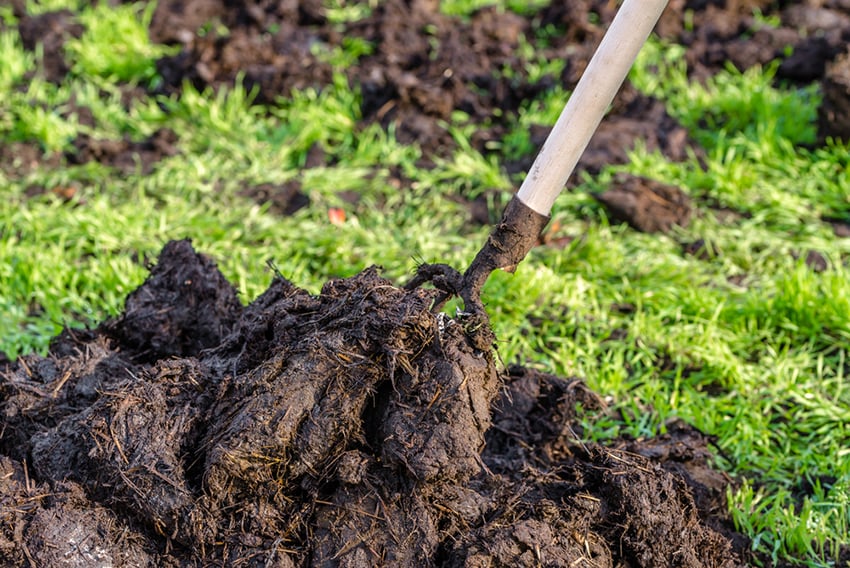
Perhaps the biggest ecological gain for regenerative farmers has to do with water usage. Cannabis plants need a fair amount of water to thrive, but they certainly don’t need the gallons used in average hydroponics systems. Since hydroponics is water-intensive, it will always put a strain on the local water supply. Plus, because hydroponics requires many artificial nutrients, growers might accidentally send toxic chemicals into the environment as they flush their wastewater.
To minimize these water worries, regenerative growers typically devise irrigation systems to funnel rainwater to their plants. Plus, cultivators often report their soil can retain more water with each successful grow cycle.
So, How Do Regenerative Buds Taste?
While all these sustainability considerations are significant, they usually aren’t the main reasons people get into regenerative cultivation. Interestingly, many cultivators become interested in regenerative growing only after tasting the dynamic flavor profiles of these organically-grown buds.
Regenerative farming has a strong reputation for producing the highest concentrations of cannabinoids and terpenes. Indeed, these strains also tend to offer a smoother smoke compared with those grown indoors.
Considering these cannabis plants were grown in “living soil,” it makes sense they taste more, well, “alive.” After all, these flowers have zero chance of absorbing any artificial nutrients, pH adjusters, or insecticides. The only nutrients regenerative plants absorb come from 100 percent natural sources.
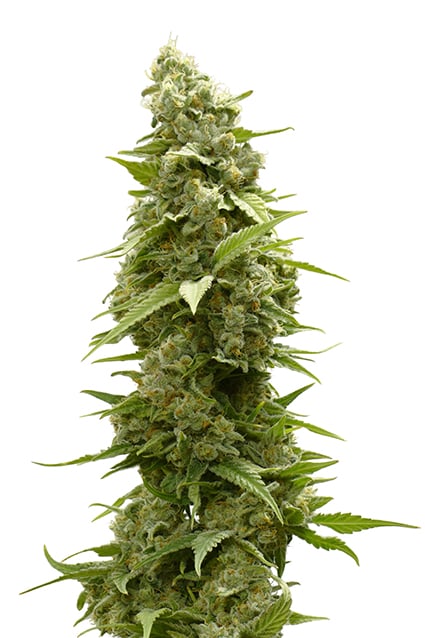
To better explain the difference between regenerative buds and standard cannabis, growers often use the analogy of people who eat organic fruits & veggies vs. those who take dietary supplements. Although the nutrients are technically the same, doctors always recommend eating a well-balanced diet because that’s more natural for the body.
Like the human body, cannabis plants didn’t evolve to absorb chemicals in a plastic bottle. While nutrient cocktails could produce buds that look nice, no test tube could replicate the complex biological interplay in “living soil.”
Remember: feeding nutrients to a plant—or a person—is only half the battle. It’s equally important these nutrients are adequately assimilated into the system. This is one reason nutritionists have become increasingly interested in the role the gut microbiome plays in nutrient absorption. It doesn’t matter what a person eats if they aren’t absorbing those nutrients. Similarly, regenerative growers believe the beneficial microorganisms in good soil facilitate ideal nutrient absorption.
To best illustrate the difference regenerative practices make it’s easy to use a tomato as an example. Think of the perfect looking hydroponic tomato that has been grown under artificial light and given loads of bottled nutrients. It looks like the Platonic ideal of a tomato when it’s sitting in the grocery store. Take it home and eat it, however, and the complete lack of taste says it all. Now compare this with the incredibly rich taste of an organic tomato from the farmers market that has been grown in rich living soil under the sun. You get the picture. The same thing happens with cannabis. Amazing soil leads to amazing flower, not only in taste but in every aspect of that flower’s expression.
Are There Any Cons Associated With Regenerative Farming?
While regenerative growing sounds excellent on paper, it’s not without its challenges. Obviously, building a successful regenerative farm takes a great deal of time and expertise. Since regenerative gardening is so focused on the local environment, it’s nearly impossible to formulate one cultivation strategy that works for every grower.
Typically, regenerative farming results in reduced overall yields for the first few grow cycles. Remember, there’s no way to “control” the grow environment, making it difficult to deal with any nutrient or weather-related issues. Plus, regenerative growing is solely for outdoor growers, which might not be well suited for certain areas.
All of these factors could be frustrating for growers who have specific quotas to fill. Understandably, most farmers who become interested in regenerative growing have a long time horizon.
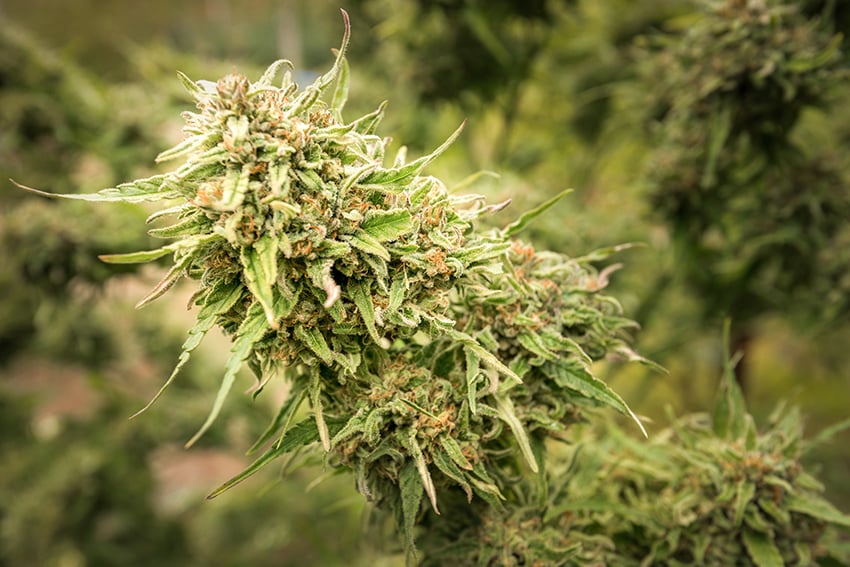
Education Is Key For The Regenerative Community
There’s no doubt regenerative gardening has many pros to offer professional cannabis cultivators. Not only is this growing technique eco-friendly, it also produces some of the highest-quality cannabis known to man. However, transitioning contemporary cultivators to this strategy will involve some “growing pains.”
With the cannabis industry in its initial stages, regenerative growers believe this is the best opportunity to promote their methods via education. Since regenerative farming is all about fitting the technique to the area, it’s essential for growers to “cross-pollinate” cultivation ideas. As regenerative cultivation becomes more mainstream, farmers might experiment with “hybridized” growing strategies to produce optimal weed without disrespecting the dirt.
Explore Our Menu!
The world’s best CBD hemp flower straight to your door.



